Entry Category: Individuals and Units
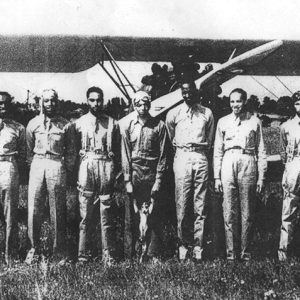 Tuskegee Airmen
Tuskegee Airmen
Twelfth Arkansas Infantry (CS)
Twelfth Arkansas Infantry Battalion (CS)
aka: Rapley's Sharpshooters
Twentieth Arkansas Infantry (CS)
Twenty-Eighth/Thirty-Sixth Arkansas Infantry (CS)
Twenty-Fifth Arkansas Infantry (CS)
aka: Thirtieth Arkansas (CS)
Twenty-First Arkansas Infantry (CS)
Twenty-Fourth Arkansas Infantry (CS)
Twenty-Second/Thirty-Fifth Arkansas Infantry (CS)
Twenty-Seventh Arkansas Infantry (CS)
Twenty-Sixth Arkansas Infantry (CS)
Twenty-Third Arkansas Infantry (CS)
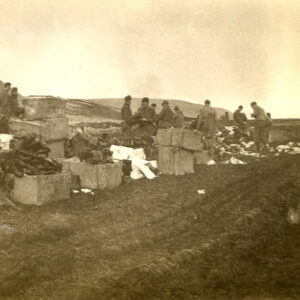 Umnak Island Supplies
Umnak Island Supplies
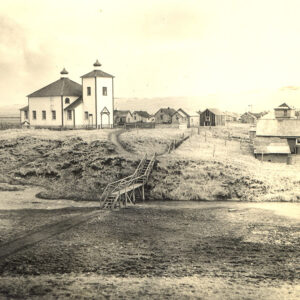 Umnak Island Village
Umnak Island Village
Upham, Daniel Phillips
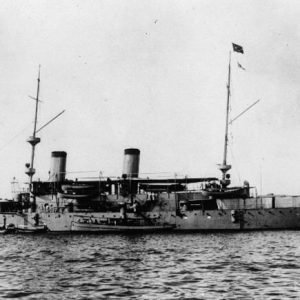 USS Olympia
USS Olympia
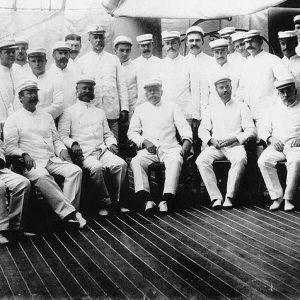 USS Olympia Officers
USS Olympia Officers
Van Dorn, Earl
Vandever, William
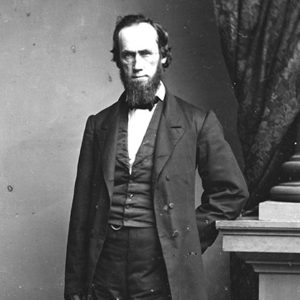 William Vandever
William Vandever
Vaughns, Thomas Franklin
Vaugine, Marcellus
Velazquez, Loreta
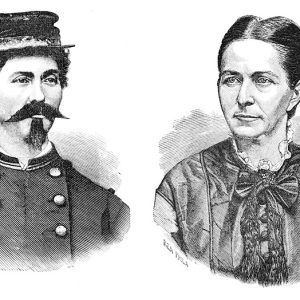 Loreta Velazquez's Two Looks
Loreta Velazquez's Two Looks
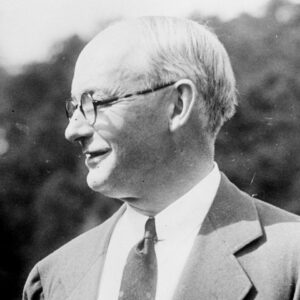 Jesse Vincent
Jesse Vincent
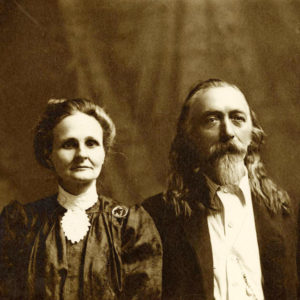 Von Berg and Wife
Von Berg and Wife
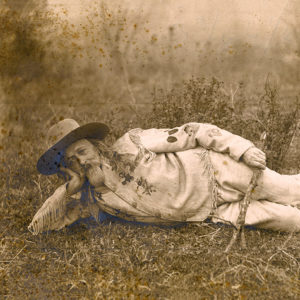 Carlos Von Berg
Carlos Von Berg
Von Berg, Charles Ludwig “Old Scout”
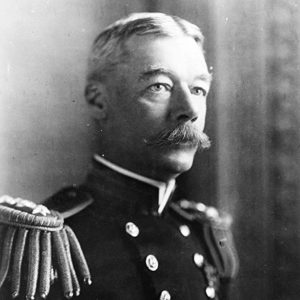 Charles E. Vreeland
Charles E. Vreeland
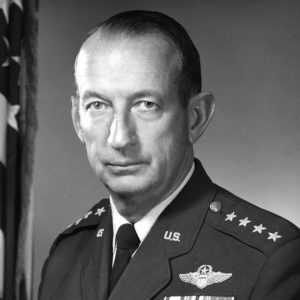 Horace Wade
Horace Wade
Wade, Horace M.
Walker, Lucius Marshall (Marsh)
 John Ward
John Ward
Ward, John [Medal of Honor Recipient]
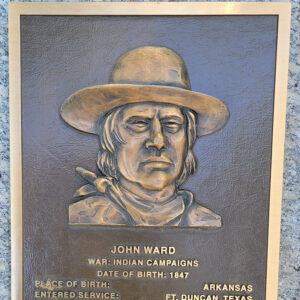 John Ward Plaque
John Ward Plaque
Wassell, Corydon McAlmont
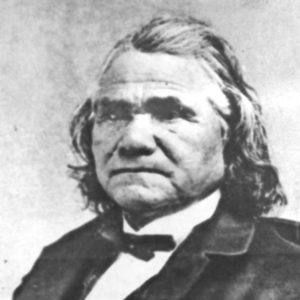 Stand Watie
Stand Watie
Watie, Stand
Watkins, Travis Earl
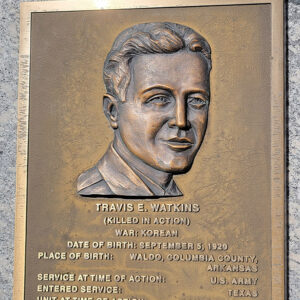 Travis Watkins Plaque
Travis Watkins Plaque
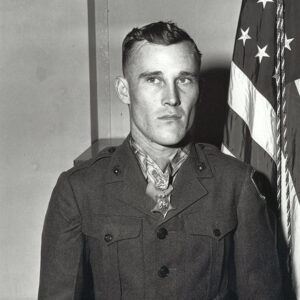 Wilson D. Watson
Wilson D. Watson
 Wilson D. Watson Plaque
Wilson D. Watson Plaque
Watson, Wilson Douglas
 Omer Rose Weaver
Omer Rose Weaver
Wheeler, Henry
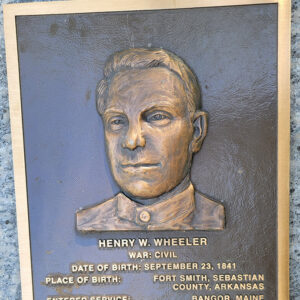 Henry W. Wheeler Plaque
Henry W. Wheeler Plaque
White, Hercules King Cannon
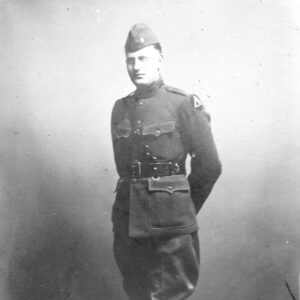 William C. Bradford
William C. Bradford
 Jack Williams
Jack Williams




